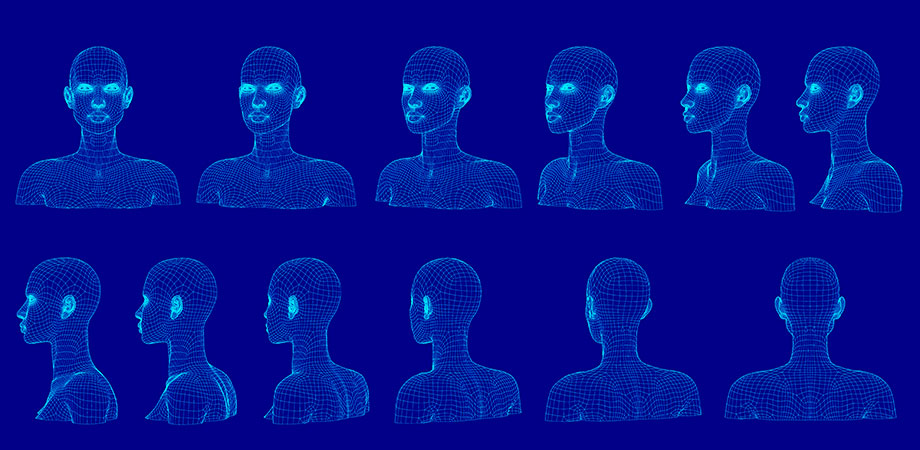Lend Me an Ear

Fingerprints and DNA are well-known forms of biometrics, thanks to crime dramas on television and at the movies. But as technology drives us toward the Internet of Things—the interconnection of computer devices in common objects—other forms of biometrics are sure to enter the cultural consciousness beyond use as forensics tools. For example, the distinctive physical characteristics that are the foundation of biometrics are increasingly used in computer science as forms of identification and access restriction. Smartphones already use fingerprints, iris scans, and face recognition in this way. Other biometrics that are likely to come into use include retinas, veins, and palm prints.
The ear is another potential biometric. According to research published recently in the Journal of Electronic Imaging, ear recognition technology, or "earprints," could one day be used as person identification to secure smart homes via smartphones.
Security for Smart Living
Sana Boujnah, University de Tunis El Manar, and colleagues propose that the ubiquity of smartphones combined with the developing trend toward smart living will make biometrics an important element to incorporate into homes of the future. In addition to being a characteristic unique to an individual, a biometric should be universal and permanent, and the ear meets those criteria. Previous research has shown that even identical twins have differences in their ears, and ear structure is more or less permanent, showing few changes throughout a lifetime.
By proposing to incorporate the earprint biometric into a smartphone app, the authors hope to overcome barriers such as prohibitive cost and complex installation. They envision their system as affordable, scalable to new devices, and familiar to most users.
"The smart home has various benefits, such as providing increased comfort, safety, security, and rational use of resources like energy, which contributes to significant savings," the authors said. "Since earprint is an encouraging physical trait that has been recently promoted as a biometric asset, we propose it as an alternative to other popular biometrics thanks to its uniqueness and stability."
Earprint Advantages
People instinctively recognize each other through body traits such as gait and voice. Extracting and measuring such characteristics as a biometric signature is difficult using computer vision methods. In recent years, biometric methods have been integrated into mobile devices to offer security advantages over traditional practices. However, such conventional authentication systems use alphanumeric codes and click-based graphics or patterns that can be hard to remember or easily hacked.
The authors believe the ear to be preferable to other biometrics because it is a "passive biometric." Unlike facial recognition techniques, its effectiveness is not compromised by facial hair and expressions of emotion. Also, the ear's color distribution is more even than in an iris or a retina. "The ear is smaller than the face, which means that it is possible to work more efficiently and faster with lower resolution images," the authors said. They also acknowledge that hair covering the ear can be a problem.
Encouraging Results
The earliest research on ear identification was conducted in 1890. Later refinements divided the ear into seven distinctive features: helix, concha, antihelix, crux of helix, intertragic notch, tragus, and antitragus. The authors' approach combines frequency domain and the local features. Through a series of estimations and extractions, ear features are fused into an identifying feature. The authors evaluated the research using two image databases and support vector machine, K-nearest neighbor (KNN), and random forest classifiers. They recorded best accuracies of 93.88% and 92.5%, respectively, with the KNN classifier.
The performance of previously existing ear recognition methods does not hold up in under varying lighting contrast, changing viewpoint, and inadequate image registration. The results of this research show a significant performance improvement over current techniques. The authors reported that they are encouraged by the speed and robustness of their proposed method, which could be the key to building a real-world ear biometric system.
Read the full article online: Boujnah et al., "Ear recognition in degraded conditions based on spectral saliency: smart home access,"J. Electron. Imag. 29(2), 023024 (2020), doi: 10.1117/1.JEI.29.2.023024.
| Enjoy this article? Get similar news in your inbox |
|



